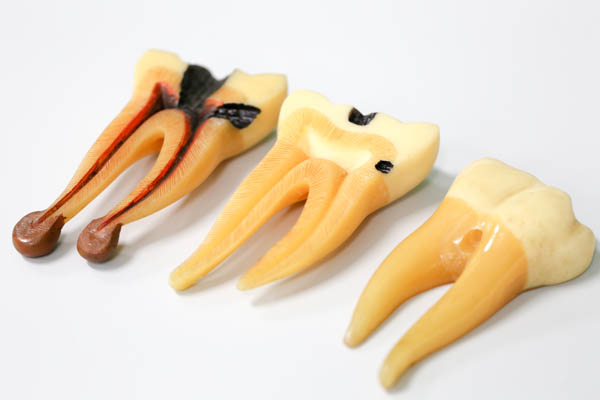When it comes to oral health, brushing your teeth twice a day is a standard. It is the foundation of good oral care and prevention. Regular brushing removes plaque, a substance responsible for tooth decay and gum diseases. There are two types of toothbrushes you can use to clean between your pearly whites: manual and electric. According to the American Dental Association, both are up to the task of keeping your smile white and bright.
What is the difference between electric and manual toothbrushes?
Manual toothbrushes are the standard ones you have most likely always used. They are tested and proven for decades, even centuries. You control and maneuver them with your hand and guidance. Electric toothbrushes are battery powered and rechargeable. They rotate and vibrate to help remove plaque from your teeth and gums. Here are other differences you should take note to help you choose between the two:
Cost
Manual toothbrushes are cheap and accessible. Their prices range between $2 and $8, depending on the brand, grip and other features that make your oral routine effective and enjoyable. In contrast, electric toothbrushes are expensive. Their average cost, including a charger station, ranges between $20 and $200. That depends on the model, settings, and number of brush heads.
Ease of use
Manual toothbrushes have a simple design. They have the perfect length and size so you can use them easily. However, electric toothbrushes are better for people with limited mobility. They may be heavier, but they do the majority of the work. With an electric toothbrush, the motor and power does all of the work of cleaning without the force of your hand and arm.
Pressure on your teeth and gums
When you use a manual toothbrush, you can adjust the amount of pressure you are using with your grip. This is something you cannot do with an electric toothbrush. By placing too much pressure on your teeth, you may wear away the enamel, causing sensitivity and pain.
Portability
Manual toothbrushes are easier to carry and simpler to pack during business and family travels. The electric ones are portable too, but you need to pack them with their chargers and brushes.
Better for kids
Not all kids are fond of brushing their teeth. Although manual toothbrushes help them get a feel of how to take care of their oral hygiene, they are not so amusing. On the other hand, electric toothbrushes are more exciting and engaging for a child. They help kids accomplish good dental care and set healthy habits while having fun.
Bottom line
Between the two, electric toothbrushes are better when it comes to cleaning between teeth. They can reach areas that conventional toothbrushes cannot. If you have sensitive gums, they are definitely for you. Manual toothbrushes also do the job of cleaning your teeth very well, and it typically comes down to a person’s preference on which they use.
Whichever you choose, be sure to brush for at least two minutes two times a day, using an ADA approved toothpaste.



